The Dundee football derby is the friendliest city derby in Scottish football.
That’s why I was surprised at talk of re-routing fans if a planned corteo to Tannadice from the Snug bar – by United fans – went ahead before Sunday’s thrilling 2-2 draw.
The police can have a very difficult job with football fans and there will be elements among both club supports who are no angels.
But while the authorities are legally bound to maintain public order, it should be borne in mind this Dundee clash isn’t a Glasgow derby.
And that’s one of its great joys and unique features.
The late Michael Marra, a Dee supporter who penned the great tribute Hamish the Goalie in honour of United’s legendary goalie, captured it perfectly when he explained to an audience as he introduced his song: “We are not Glaswegian about these things.”
As it was, common sense prevailed on Sunday and the march went ahead without any trouble, adding to the great sense of occasion in the build-up to what is – in my view – Scottish football’s best derby match.
‘Great city occasion’
There’s no history of violence or serious disorder among the two sets of fans.
United and Dundee fans work together, live together, and drink together, only going their separate ways on derby day.
I saw the corteo the last time United fans made the same procession when they played AZ Alkmaar in a European fixture, fixture and it seemed to me to represent the very essence of modern football; boisterous certainly, exuberant definitely, spirited absolutely, but never bad natured or violent.
I agree with the police on the banning of pyrotechnics on any such march or in the ground (a 46-year-old man was charged over pyro possession and will appear in court at a later date).
However, while the planned march to Tannadice would constitute an ‘unlawful’ procession, it shouldn’t be beyond the wit of the authorities and the clubs to help accommodate and add to the celebratory nature of what is a great city occasion.
‘No religious undertones’
The police rightly must always have in mind the potential dangers to children and road users on such a procession, there’s a fine line between upholding the law and becoming killjoys for supporters who are otherwise well behaved citizens and taxpayers.
I’m delighted the march went ahead and passed off peacefully.
The Dundee derby – unlike Celtic v Rangers and Hibs v Hearts – carries no undertones of religious or geographical differences between the supporters.
While the competitive edge is just as acute, as it should be in competitive football, I firmly believe it’s a rivalry which bonds the city instead of dividing it.
It’s hard fought and keenly contested and with passion aplenty.
There may be the odd isolated incident but it has no history of spilling over into the kind of violence often associated with the big Glasgow clash and, on occasions, the Edinburgh derby.
My walk to Dundee derby
I made my way to the game from the Dens Park end of the city amid mainly Dark Blues fans and took some serious ribbing over what the Dee faithful is my allegiance to the tangerine half of the city.
In the stand, as I headed for the press box, I was stopped umpteen times for a blether with Dundee supporters I’d gone to school with, worked with, and lived beside, including a hearty handshake from former Dens Park chief executive Harry MacLean.
That’s the nature of football rivalry in this city.
It’s intense in the build-up and the post-match chat but contained within a spirit of competitive bonhomie.
We should never forget the distinctive and special nature of the Dundee derby.
And we must never confuse or conflate our great city football spectacle with the issues that sometimes overshadow other derbies in this country.
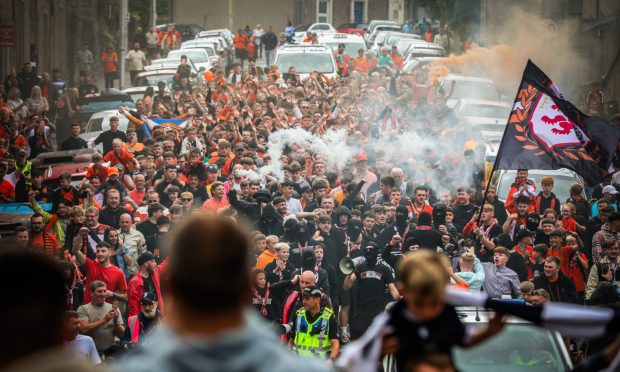
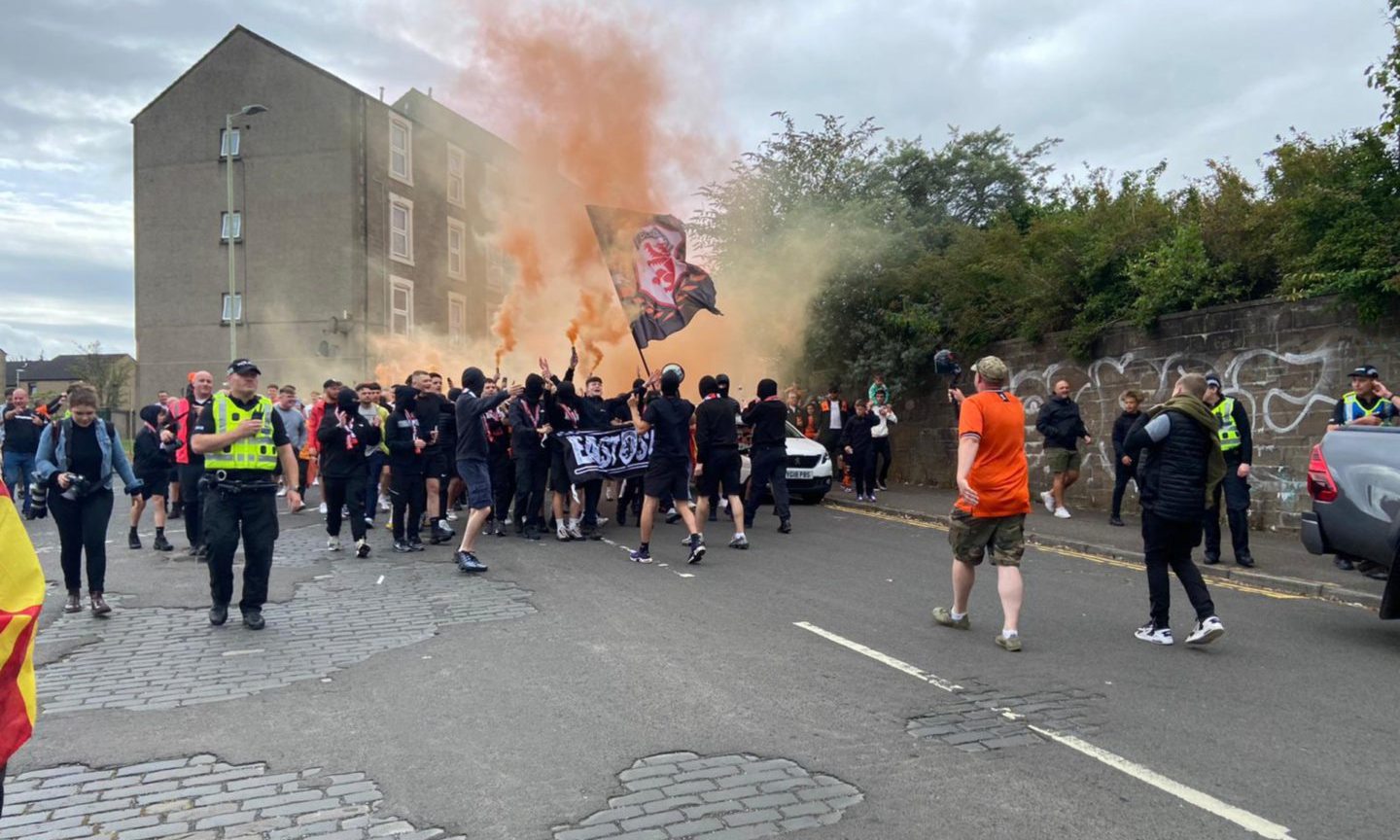
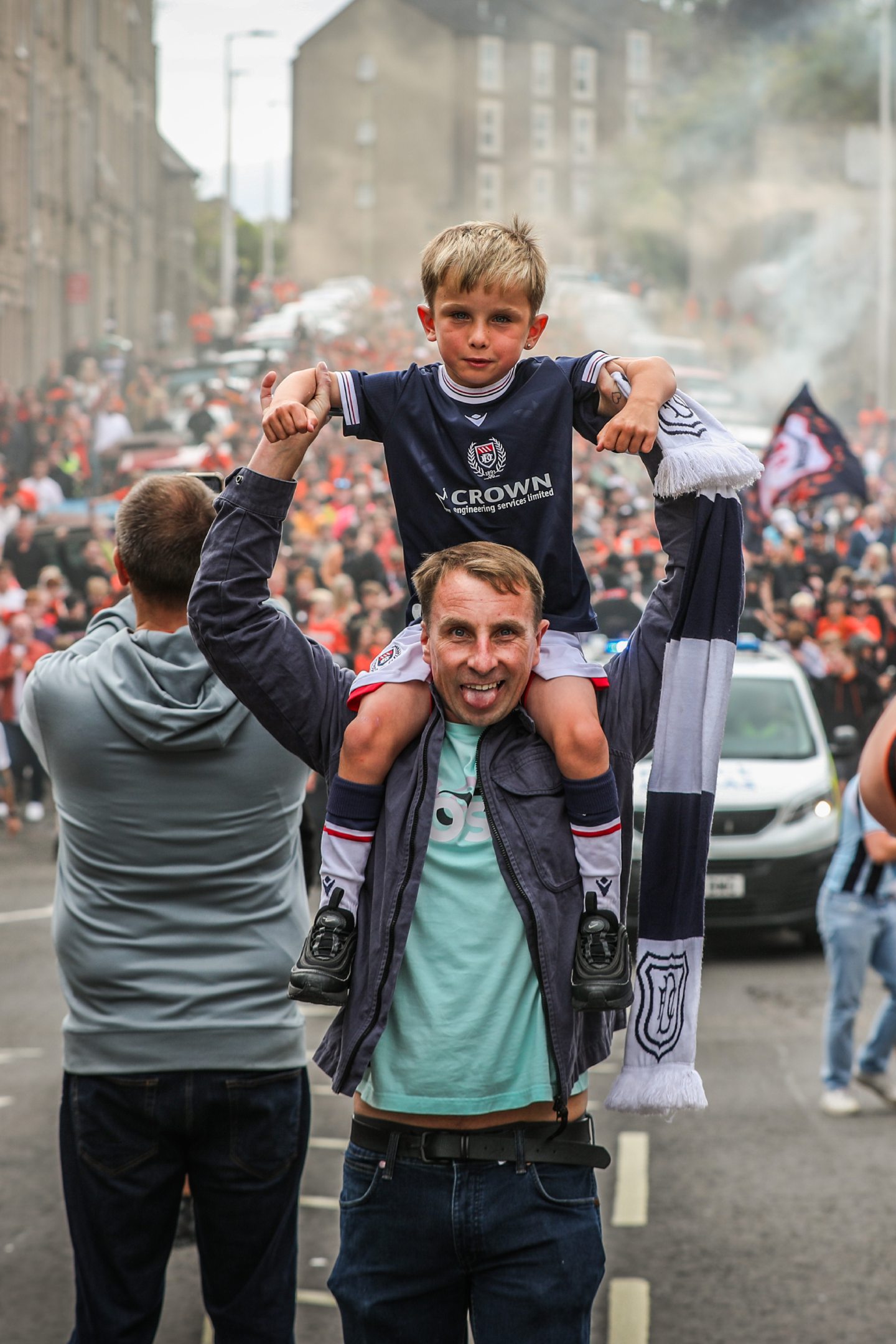
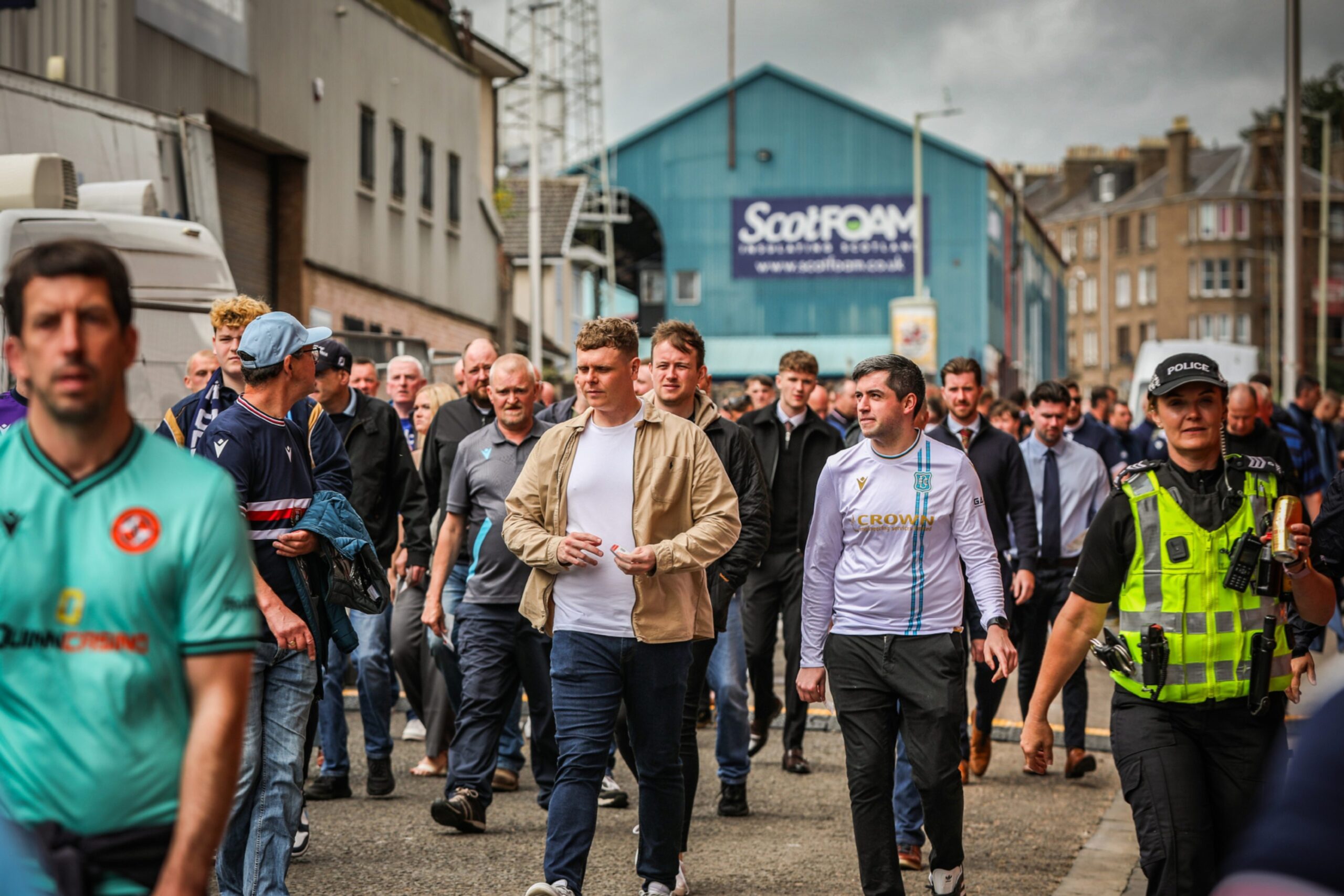
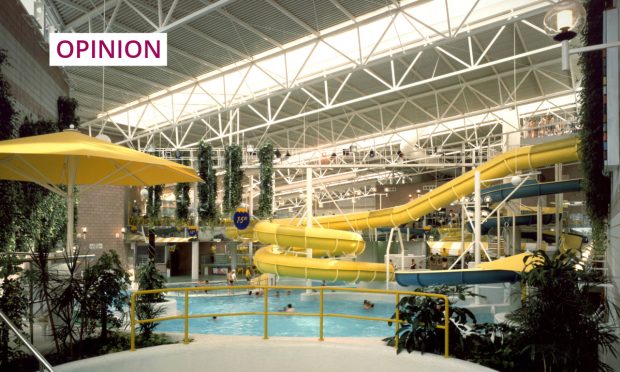
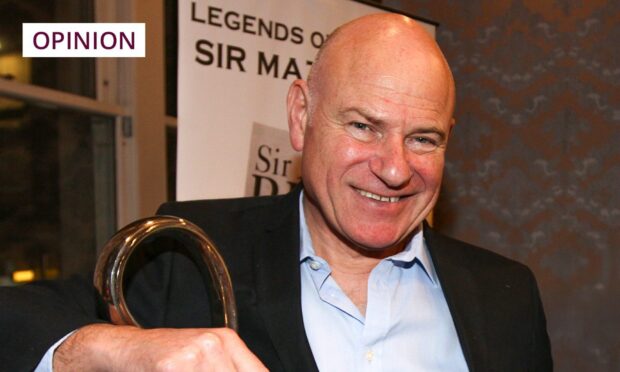
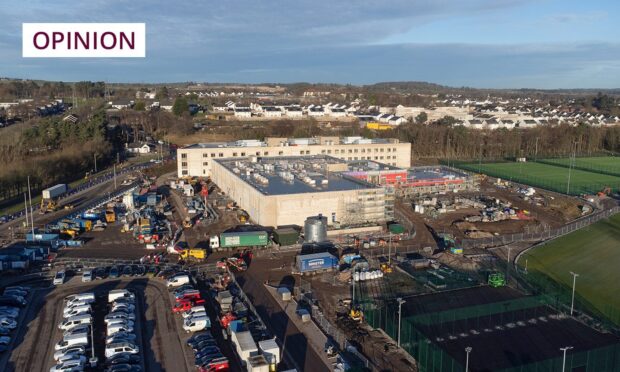
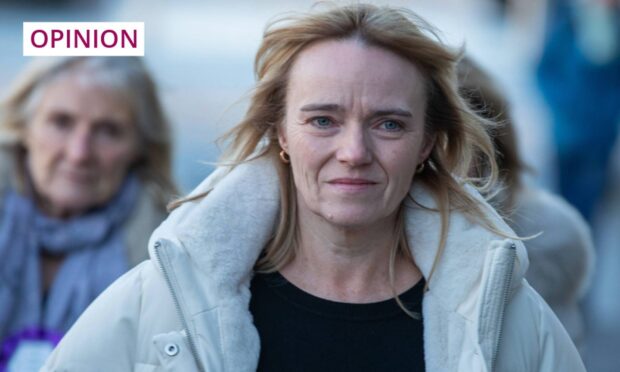
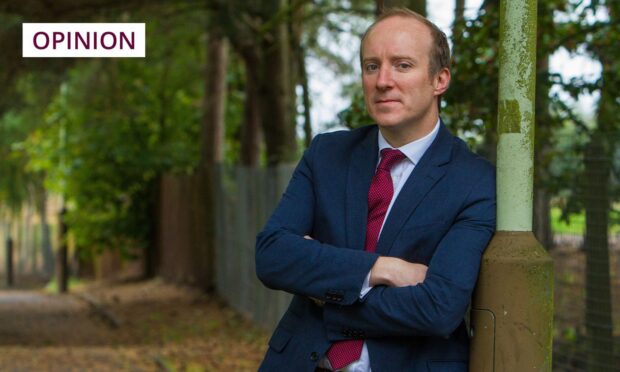
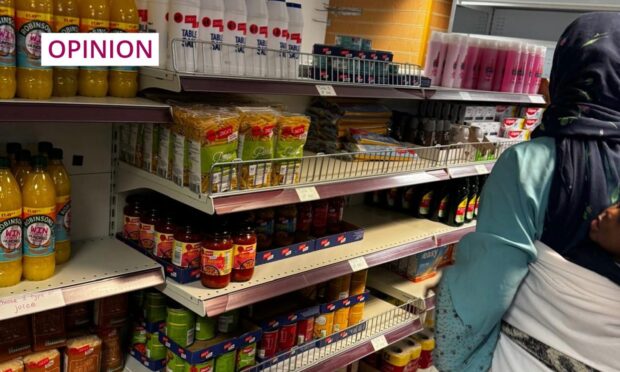
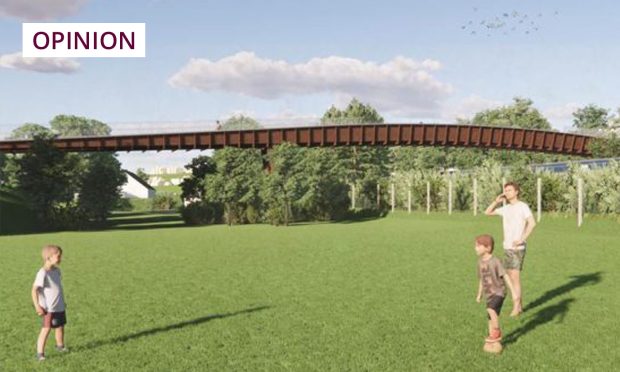
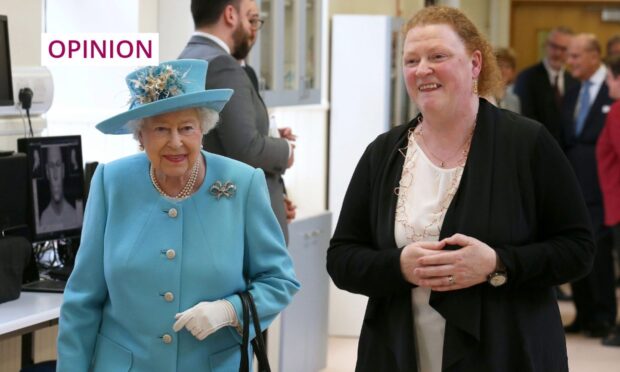
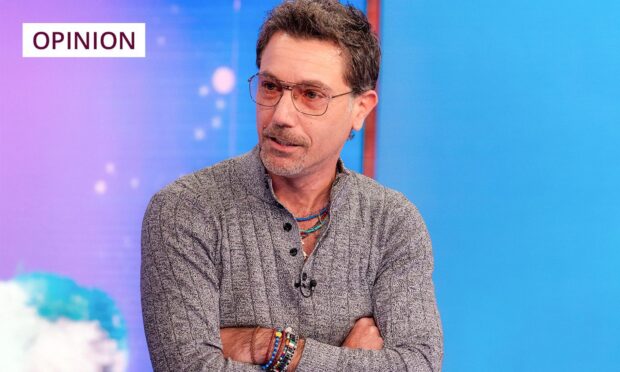

Conversation